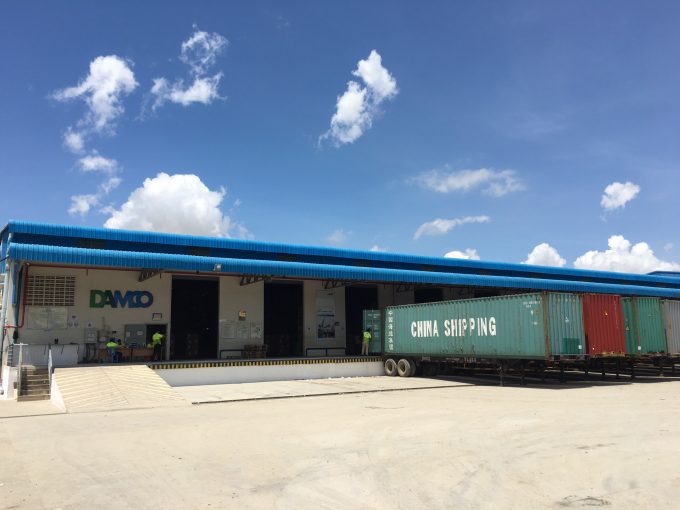Lidl-owned Tailwind targets apparel shippers on its China-Europe services
German retailer Lidl’s in-house box shipping arm, Tailwind Shipping Lines, has announced a change to ...

Cambodia’s garment exports could take a hit from the inclusion of neighbouring Vietnam in the controversial Trans-Pacific Partnership (TPP) trade agreement.
“The TPP can be a low-light for Cambodia’s export industry, as factory owners are looking for other countries to manufacture their products,” said Marco Civardi, area managing director for Vietnam & Cambodia at Damco.
“It is therefore foreseeable that some low-end garment production will shift to Vietnam as factories rightfully want to benefit from TPP’s reductions in duty and taxes.”
He added ...
Asia-USEC shippers to lose 42% capacity in a surge of blanked sailings
USTR fees will lead to 'complete destabilisation' of container shipping alliances
New USTR port fees threaten shipping and global supply chains, says Cosco
Outlook for container shipping 'more uncertain now than at the onset of Covid'
Transpac container service closures mount
DHL Express suspends non-de minimis B2C parcels to US consumers
Zim ordered to pay Samsung $3.7m for 'wrongful' D&D charges
Uncertainty over US tariffs sparks interest in bonded warehouses for imports

Comment on this article